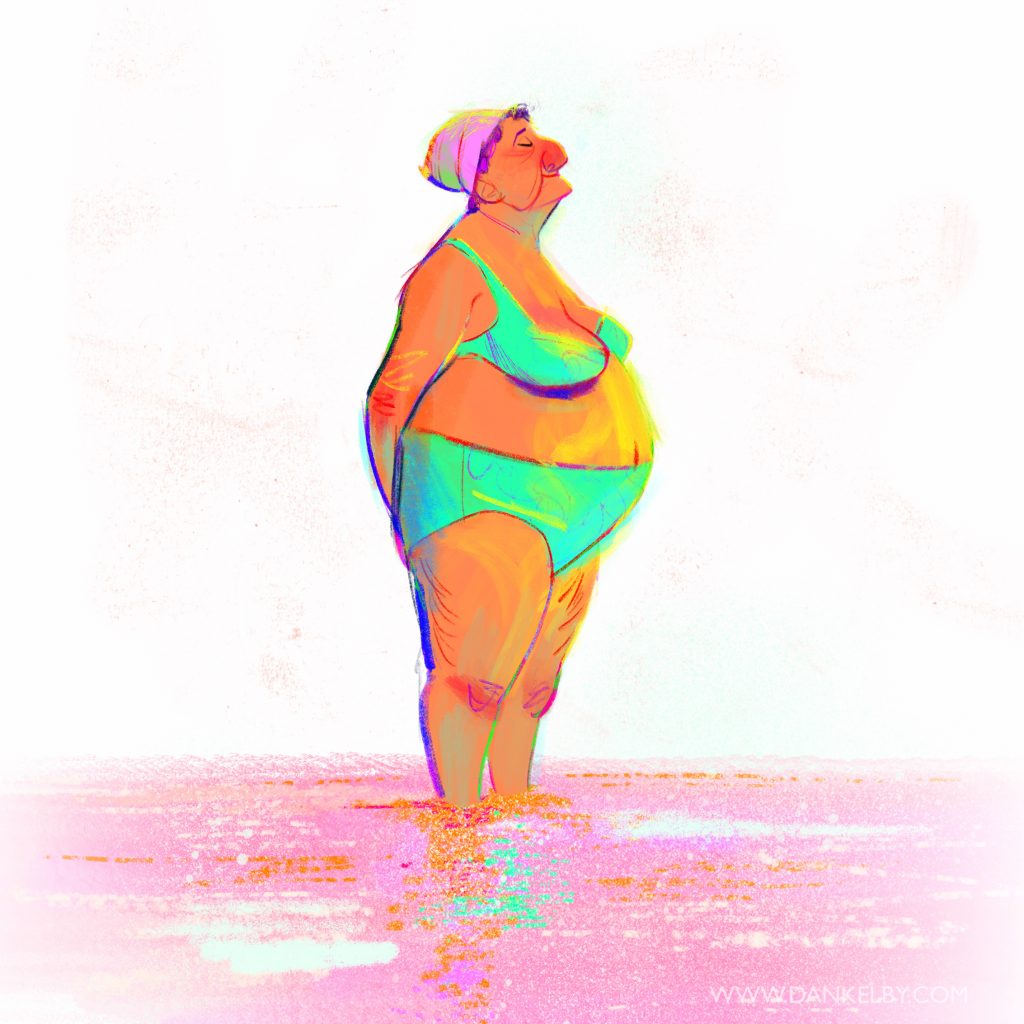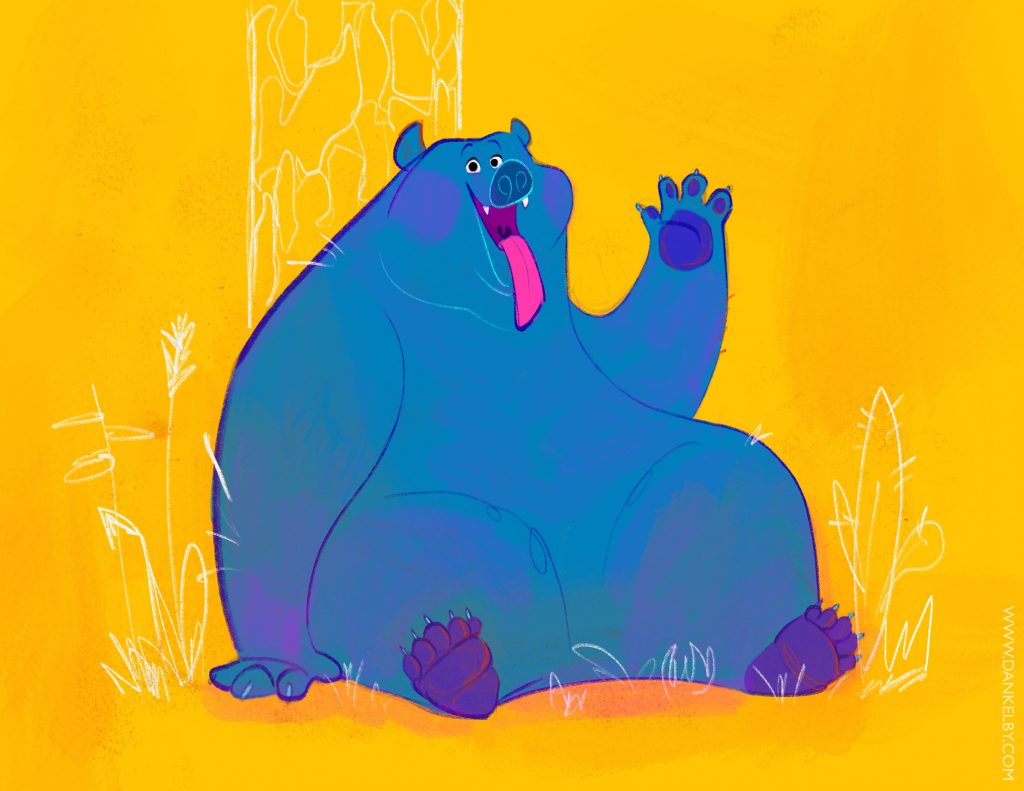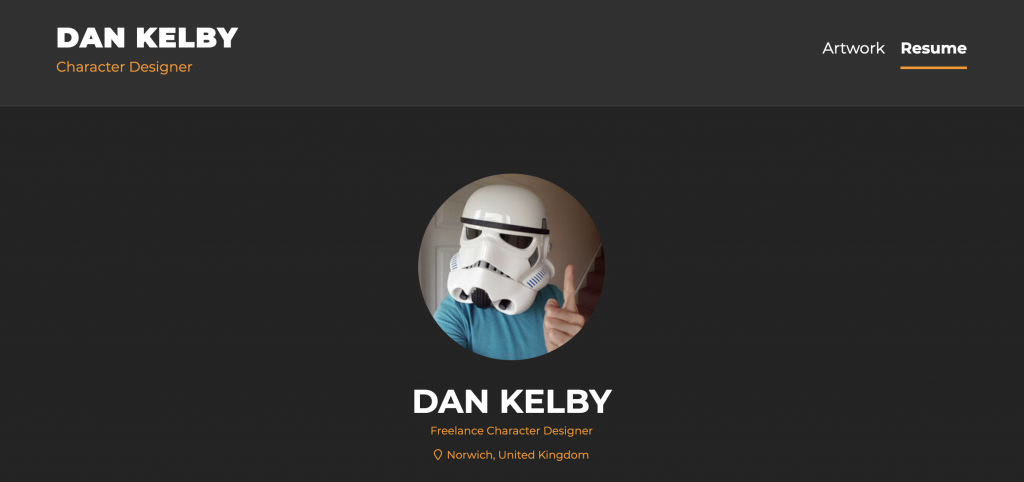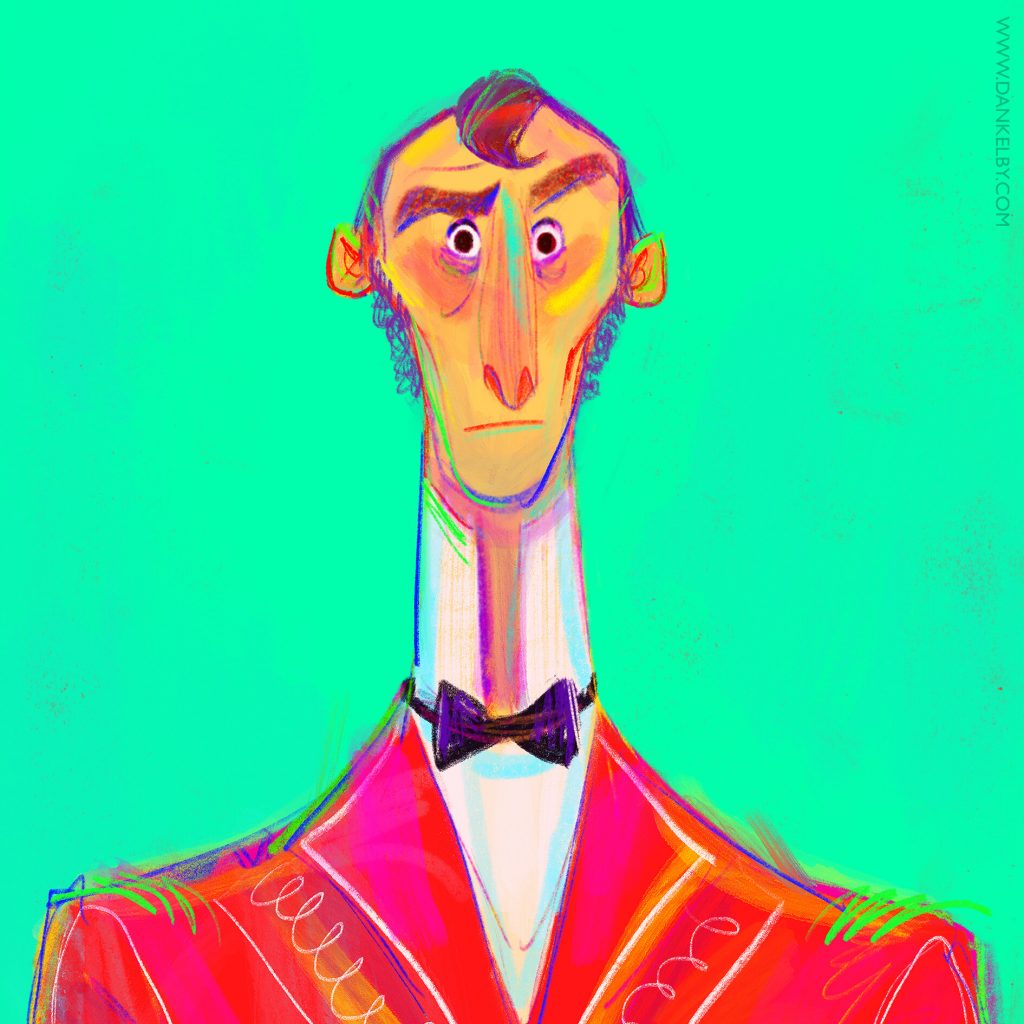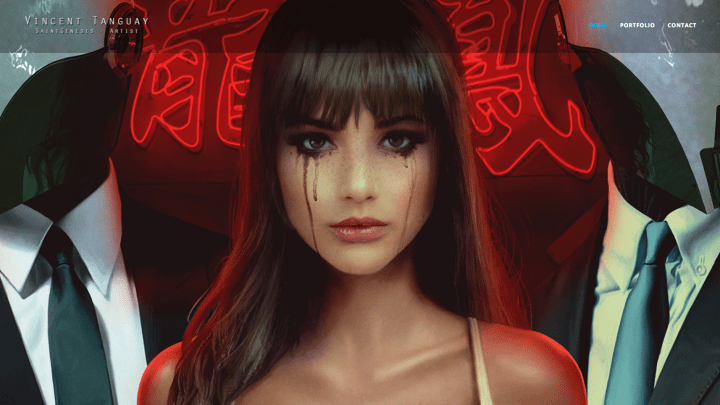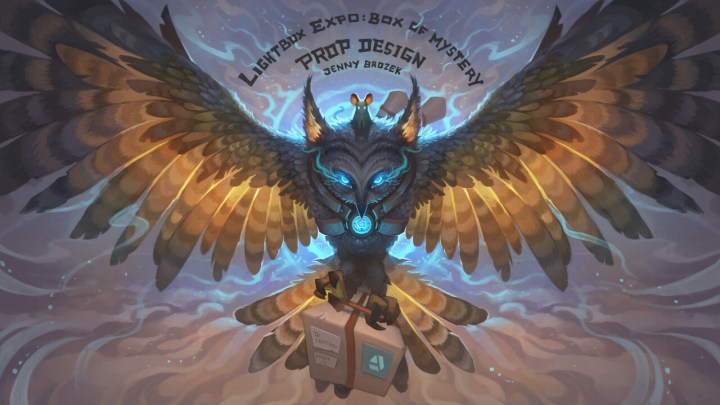Featured Pro Portfolio: Dan Kelby
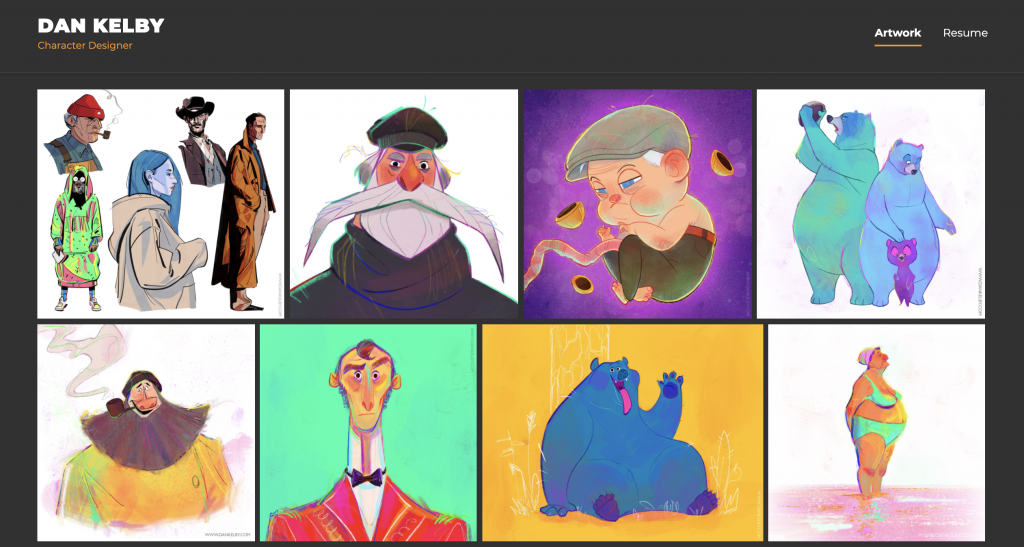
Dan Kelby is a freelance character designer for the animation industry. Over the past few years, he has been working remotely in the UK on a variety of projects for advertising, publishing, TV, and feature film with clients such as Disney TV Animation, Cartoon Network, nWave Digital, and Passion Pictures.
Check out Dan’s ArtStation-powered portfolio website.
Dan shares that he comes to ArtStation first and foremost to discover incredible artists daily and be inspired. He chose the Mosaic theme to showcase his lively work in their natural aspects.
“Using the interface is super easy and you can organize your portfolio with no prior knowledge of web design or worries about code. Keeping my work updated is a snap. It’s great that I can customize and crop thumbnails for pieces, add tags, and promote work to social media all from within the same interface. The templates are also excellent and showcase a variety of disciplines (animation, concept art, 3D) equally well.”
In this interview, Dan shares his insights on building a portfolio, the best advice he has ever received, and more.
Tell us about one of your favorite pieces in your portfolio.
I still like a lot of things about my piece “Big Blue Bear”. It was a real “breakthrough “ piece for me for many reasons, which is why I still like it. Normally, I tend to plan my pieces out and spend a lot of time – perhaps too much time – on them. But, this one just came out of a random sketch I did one night in front of the TV. I just felt like drawing a silly cartoon bear. I completed it over a couple of hours and it taught me the value of just going with an idea to see where it could go, not worrying about the final outcome, and just having fun creating.
It’s such a counter-intuitive piece to a lot of rules I was imposing on myself at the time. It has a super-saturated color palette, which I used to avoid but now love using. The bear is blue, which I chose because it was more exciting than painting him brown, or a “normal” bear color. The background is just a quick scribble, and there are a lot of random colored blobs scrawled across the bear’s belly to fill the blank space. By simply painting and letting accidents happen, the piece taught me to enjoy being in the moment and to stop being concerned with what it would look like when it was finished. He’s just a big, happy bear and people seem to like him!
How did you begin your career as an artist?
I studied Graphic Design and Animation at Norwich University of the Arts here in England. After I graduated, I kind of stopped doing any art for about ten years and focused on music instead, whilst working a studio job as a graphic designer. I used to enjoy looking at concept art online and after I realized it was a viable career for a lot of people, I caught the bug again and was pulled back into the art world. I developed a love for pre-production work and character design which I decided I wanted to do full-time. After doing some online courses at The Oatley Academy and Schoolism, I left my day job to be a full-time freelance character designer. It took me a few years to get to where I am now and I’m glad I didn’t give up!
Those first couple of years were scary but eventually, I started doing advertising illustrations for mobile games and some publishing illustrations for a company in the States producing books for Star Wars. After that, I started working my way into animation with studios in London doing character design for TV ads. Then, I managed to work my way into television shows by freelancing for Cartoon Network and Disney TVA. I didn’t break into the animation industry right away, and I think it’s important to realize that there are many different pathways into our chosen professions and it’s okay that not everyone has the same journey or a “straight shot” from graduation into their dream job.
What is the best art advice you’ve ever received?
“Do great work and be great to work with.”
It’s a simple sentiment but it is so true. I think that as a professional it is your job to make everyone else’s job easier, by providing them with your best possible work in a timely and helpful manner. Never miss a deadline and always be friendly, approachable, collaborative, and positive (even on those less enjoyable jobs). Share your resources and knowledge with those who may benefit from it or want to pass it on themselves. At the end of the day, every person on a production is working towards a common goal. It just makes sense to be the best part of that team that you can be.
If we’re talking pure art advice…learn the fundamentals. It’s something that I never really did when I was younger which I am trying to make up for now, and it is SO much easier to get it out of the way at the beginning! With the number of resources we have today online, there’s no excuse for not knowing anatomy, perspective, composition, value, lighting, and color. Especially as a character designer, you have to know what the rules are before you can break them.
What do you think makes a strong portfolio?
I think seeing a unique and unapologetic voice goes a long way with me. When I look at a portfolio I don’t want to see watered-down versions of things I’ve seen before or a clone of someone else’s style. I want to see someone bravely splashing their vision across a page screaming “This is me! Here’s my vision of the world, take it or leave it!” I used to be so concerned with my work looking like it should belong to a certain studio or production, thinking that if I stepped too far outside of their stylistic boundaries, I wouldn’t be hireable.
I’ve learned that the opposite is true and that clients want to hire me for the way that I draw and paint, not anyone else. When I finally gave myself permission to only produce and showcase the kind of work that makes me happy, I became much freer as a designer. What’s the famous quote? “Be yourself, everyone else is already taken”!
See more of Dan’s work on his portfolio website. Find out more about ArtStation premium websites here.
